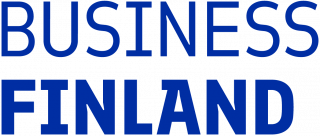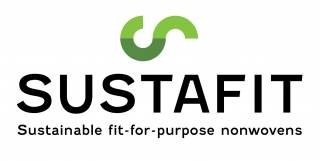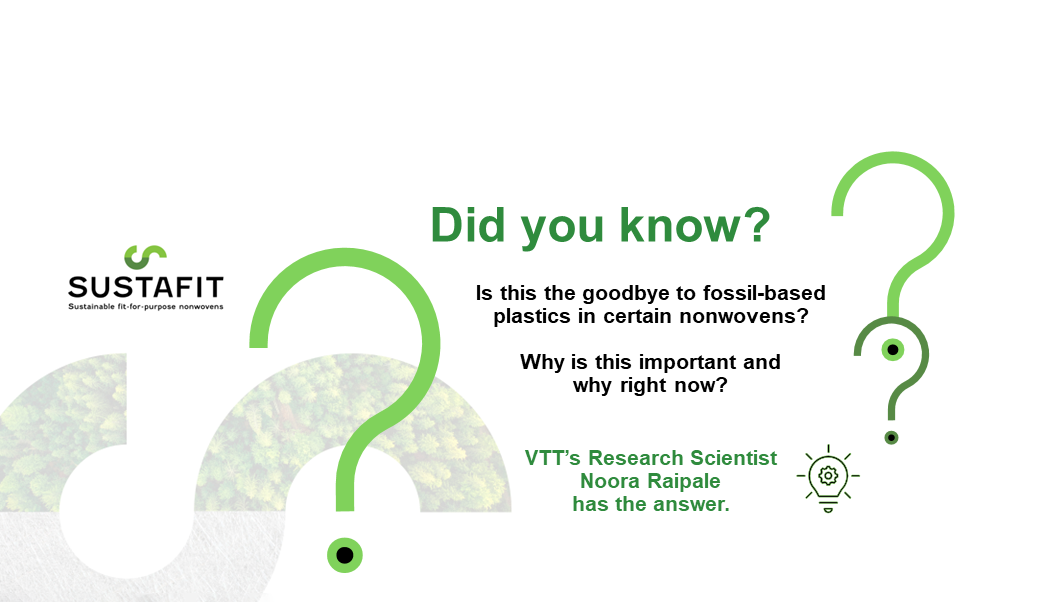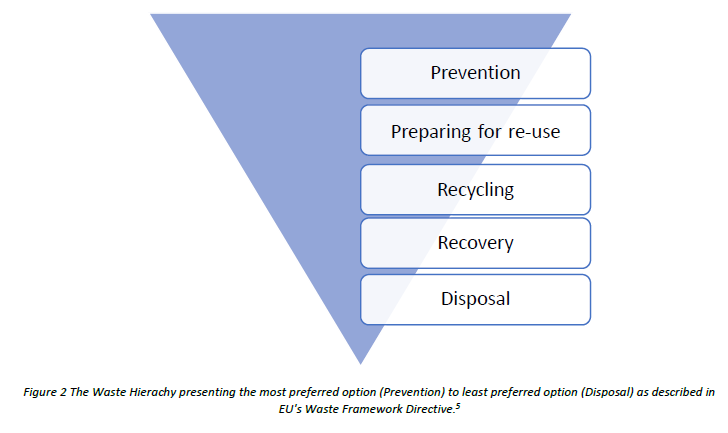Single-use nonwoven materials, such as wipes, hygiene products, and disposable face masks, have become an essential part of our every day lives. However, the widespread use of fossil-based plastics in these products is a growing concern because of their high carbon footprints, particularly when virgin materials are used. When these materials are disposed improperly, they can end up in landfills and oceans, where especially shedding of microplastics is an enormous problem, harming the animals and the environment.
Data by EDANA, the leading global association of nonwovens and related industries, shows that in 2019, in terms of volume, hygiene segment was the main market segment covering 28.7%, and wiping products covering 16.9% of total market share.1
Overall, the disposable nonwovens cover 65-70% of total nonwoven consumption.2 In 2021, nonwovens production in Greater Europe was over 3 million tons, so the production of disposable nonwovens was approximately 2 million tons.1
Solely this data shows that market of single-use nonwovens is substantial, and especially consumption of hygiene and medical nonwovens, such as disposable face masks and disinfecting wipes, have grown considerably the last years particularly due to Covid-19 pandemic. As a result, high amounts of nonwoven textile waste is produced, and the problem to tackle is to find more sustainable solutions and better end-of-life options than disposal into landfills or incineration.
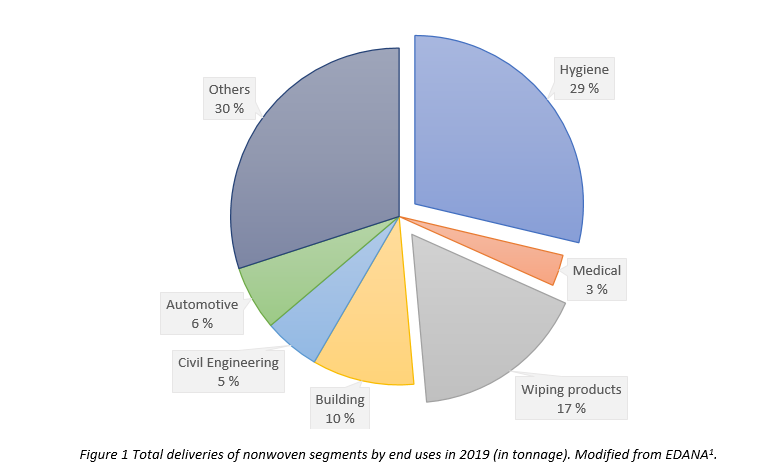
The EU driving sustainable change in nonwoven products
The European Union (EU) has already taken steps to reduce and ban certain single-use plastics and has implemented several regulations to address this problem.
In 2021, the Single-Use Plastics Directive (SUP) was put into force, which listed the 10 most typically found single-use plastic products littering European coasts. The list includes also commonly used nonwoven materials: sanitary products and wet wipes. The directive aims at reducing plastic waste and drives the development and promotion of more sustainable alternatives, and products that are re-usable, repairable, and recyclable. The directive also includes Extended Producer Responsibility (EPR), which forces the producers to contribute to clean up costs, separate collection for recycling, and consumer awareness campaigns.
Inside the European Union, also the EU Waste Framework Directive is an important tool for waste management, and this framework applies to all waste streams, including nonwovens. This framework establishes a hierarchy, in which the waste management options are ranked based on their environmental impact.
The key goal, and the highest desirable option in the hierarchy, is the prevention of waste, followed by re-use, recycling, recovery, and disposal which is the least preferred or the last option of waste management tools.5 Inside the EU, also EU Strategy for Sustainable and Circular Textiles, that was published in March 2022, is one tool aiming to create a greener textile sector, in which mandatory requirements are coming into force including , for example, minimum amount of recycled materials in textiles, and tighter control of greenwashing.6
The latest addition in the EU’s regulations or proposals is the Green Claims Directive (GCD), which was proposed by European Commission on 22 March 2023. The meaning of the proposal is to ensure that the environmental claims are validated with supporting evidence, and support consumers in making truly green choices. 7
The “Did you know?” news series is a part of the SUSTAFIT project, and in the series, we are diving deeper into different topics regarding nonwovens and sustainability.
As seen in this first part of the “Did you know?” series, regulations act as important tools improving sustainable practices, particularly in the fast growing single-use nonwoven segments, and understanding why and what kind of regulations are driving to lower the environmental impacts is essential to make a transition towards more sustainable industry. Knowledge-transfer and collaboration in every step of the value chain is needed in order to reach more sustainable practices, and as mentioned, end-users are one important group helping in the process. Fortunately, consumers are getting more aware of the choices they make, but at times it can be challenging trying to find which is more sustainable option among numerous brands and products.
In our upcoming topic in the news series we will dive deeper into this topic as we give proper guidelines on what consumers can do to support the sustainable practices from their side – stay tuned for practical tips, and upcoming topics to learn more about sustainability and nonwoven sector.
Additional information:
Noora Raipale
Research Scientist, M. Sc. (Tech)
Textile and Nonwoven Materials
VTT Technical Research Centre of Finland Ltd
Tel. +358 50 526 7749
Text and photos: Noora Raipale
References:
- EDANA. Nonwovens markets, facts and figures. Accessed March 22, 2023. Available at: https://www.edana.org/nw-related-industry/nonwovens-markets.
- S&P Global. Chemical Economics Handbook – Nonwoven Fabrics.; 2020. Accessed March 22, 2023. Available at: https://www.spglobal.com/commodityinsights/en/ci/products/nonwoven-fabrics-chemical-economics-handbook.html
- Directive (EU) 2019/904 of the European Parliament and of the Council of 5 June 2019 on the reduction of the impact of certain plastic products on the environment. 2019.
- EDANA. Single-Use Plastics Directive. Accessed March 22, 2023. Available at: https://www.edana.org/how-we-take-action/product-stewardship/single-use-plastic-directive
- Directive 2008/98/EC of the European Parliament and of the Council of 19 November 2008 on waste and repealing certain Directives. 2008.
- European Commission. EU Strategy for Sustainable and Circular Textiles. 2022.
- Proposal for a Directive of the European Parliament and of the Council on substantiation and communication of explicit environmental claims (Green Claims Directive). 2023.
- EDANA. Flushable wipes. Accessed March 22, 2023. Available at: https://www.edana.org/how-we-take-action/product-stewardship/flushability.
- Ylli H. Finnish academia and companies lead the way towards sustainable nonwoven products in SUSTAFIT research project. TAMK. Accessed March 22, 2023. Available at: https://www.tuni.fi/en/news/finnish-academia-and-companies-lead-way-towards-sustainable-nonwoven-products-sustafit

